7 mistakes easily 'kill' SSDs
Although the price is much higher than that of normal and low-capacity HDD, SSDs are still used by many users.Simply, its speed is much faster than HDD. If used to Boot Win, you can boot into Windows 8 in just 7 seconds with an SSD. Besides, the read and write speed of SSD solid hard drive also reached high speed, averaging about 550 MB / sec.
In addition, HDD engine and data reader components are easily affected by external forces such as shaking, falling . causing them to be misleading, resulting in complete inactivity, even though data is available. can still be saved but the drive loses the ability to operate.
The SSD has no moving parts, so the drive as well as the data are fully capable of surviving the physical impact from the outside (of course not too strong). Another advantage of SSD is that it works perfectly silent in all cases.
However, SSDs are not necessarily a perfect device. Some seemingly harmless causes are the reason for 'destroying' your SSD. Here are 5 dangerous mistakes that can negatively affect SSDs.
- Differences between SSD and HDD hard drives
Mistakes easily 'kill' SSDs
- 1. Perform defragmentation on SSDs
- 2. Do not use the TRIM command
- 3. Run Windows XP, Windows Vista operating system on an SSD
- 4. The SSD is always in full condition
- 5. Regularly copy and create new data on an SSD
- 6. Store large files, not frequently accessed
- 7. Use Index feature in Windows
1. Perform defragmentation on SSDs
With HDD, users often have defragment habits to make the drive more compact and faster data retrieval operations. However, this is the ultimate thing for SSDs. Because this will reduce the life of the SSD.
- How to increase life and performance for SSD
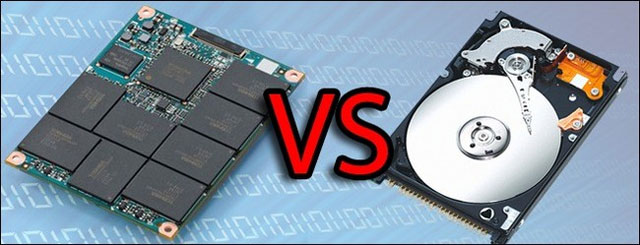
The main reason is that SSDs are limited in number of writes, even some drives can only write 1,000 times. Fragmentation is a form of sorting and recording data so it is more or less effective that reduces the number of remaining writes of the SSD.
Another reason is that SSD does not have a disk plate, almost no latency of data positioning time, defragmentation does not improve the working speed. That's right, since no moving components are used, the information stored on the SSD is equally accessible no matter where it is on the drive, so being fragmented is not a problem. important.
- Do you really need "defragment" computers?
2. Do not use the TRIM command
After a period of use, the performance of the SSD will gradually decline. That's because NAND Flash memory cannot overwrite data. That means that if you want to write to a cell that already has data, the controller chip needs to first delete the data written in that cell. When writing new data, the control chip also deletes the data you want to delete, called the " garbage collection" process.
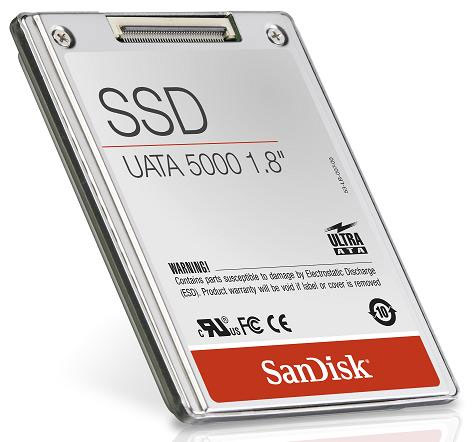
The TRIM command (this is not an acronym for a phrase), allows a supported operating system such as Windows 7, to proactively inform an SSD what data block is considered to be no longer available and possibly delete from inside.
This helps drive performance more efficiently and leads to faster performance. Usually the TRIM command will be activated by default. However, some older SSDs do not support this command. In addition, you should check to see if the version of the operating system you use supports TRIM, otherwise check for updates from the manufacturer immediately.
3. Run Windows XP, Windows Vista operating system on an SSD
Using old operating systems on an SSD such as Windows XP or Windows Vista may damage the drive because these operating systems are not supported by the TRIM command. This means that when you delete a data in the hard drive, the operating system cannot send the TRIM command to the drive and this data will still exist in a certain part of the hard drive that cannot be deleted. This will slow down the write speed of the SSD. This is also the reason for SSD users to work with Windows 7 or later or operating systems that support TRIM commands.
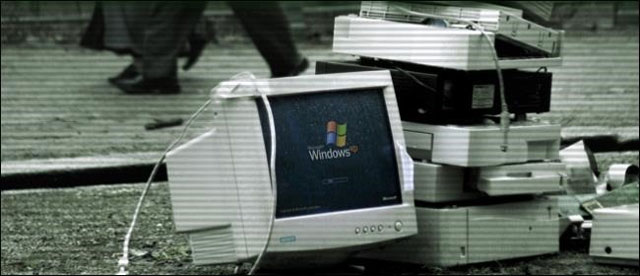
4. The SSD is always in full condition
Not only the HDD but also the SSD also operate more slowly when the storage capacity is not much, in other words the drive is in full state. When the storage space is low, every storage NAND is almost full. SSDs must read these data blocks into the cache, then insert new data into the bundle. In the end, all are returned to the hard drive. This process significantly reduces the write performance of the SSD.

Leaving SSDs well balanced between storage capacity and performance, Anandtech's well-known technology site advises that users should only use about 75% of the drive capacity and leave 25% empty. The amount of free space will be used when new data is needed, the SSD will not lose any effort to find as little space as in the case of a full drive.
5. Regularly copy and create new data on an SSD
Undeniably SSD possesses many advantages to eat, but if you regularly copy and create new data, it will reduce the life of the drive due to reduced number of writes. At the end of the number of write attempts, the SSD performance will greatly decrease even more easily.
Therefore, you should only use an SSD to run the operating system and application software. Storing movies, music and other data should be placed on the HDD mechanical hard drive to limit the write erase cycle.
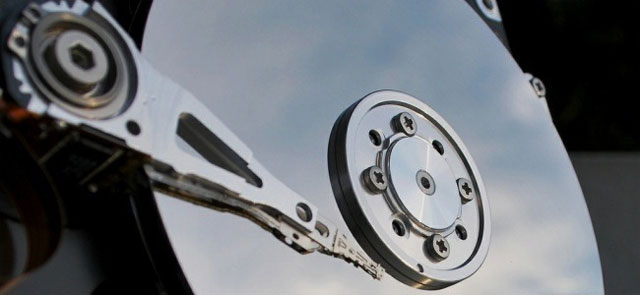
6. Store large files, not frequently accessed
SSDs are smaller and more expensive (in GB) than mechanical hard drives. However, in return they have low power consumption, creating less noise and faster speeds.
The ideal files to store on SSDs are files of operating systems, programs, games and other frequently accessed files quickly. You should not store media files on this drive because there is no need for quick access and these files will occupy your valuable space. If there is not enough storage on the SSD, store these large media files on a mechanical hard drive. If using a laptop, consider buying an external hard drive to add storage capacity. Mechanical hard drive is still a good means of providing large storage capacity with low GB prices.
7. Use Index feature in Windows
Windows has an indexing feature that makes it easy to keep track of all your files and folders through the Search tool. However, this tool is not recommended for use on SSDs. Just like defragmentation, it has no real effect on SSD performance. Your search information will appear as fast as if you did not index the SSD. In addition, this makes the SSD reduce life expectancy.
- Small tips to improve Windows Search Indexing
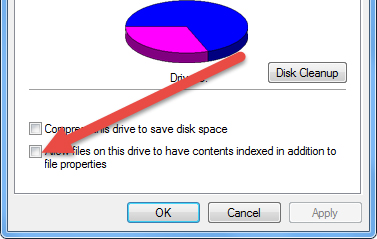
To disable the Index feature on Windows, right-click on the SSD from the My Computer screen and click on Properties . Then, click on the General tab and uncheck the box next to Allow files on this drive to have contents indexed in addition to file properties , then click OK . Your SSD will no longer index its content.
I wish you all success!
See more:
- 11 things to do when using SSD hard drive on Windows 10
- 7 reasons to upgrade to an SSD
- How long can an SSD drive "live"?
You should read it
- The Best External Hard Drives for 2020
- Looking back on 60 years of miraculous development of hard drives today
- Multi-level SSD: SLC, MLC, TLC, QLC and PLC?
- 10 things to do when using SSD hard drives on Windows
- 8 other uses of external hard drives/NAS besides file storage
- Differences between SSD and HDD hard drives
- How to Transfer Data Between Two Hard Drives
- Intel produced SSD drives shaped rulers, wanted to set a record of storage capacity
- Experience gold when choosing to buy an external hard drive
- Learn about HDD hard drive
- What is a NAS hard drive? What is a Surveillance Hard Drive?
- The best mobile hard drives in the world






 7 mistakes make Internet security at risk
7 mistakes make Internet security at risk 3 ways to kill flies do not cost a penny but very effective
3 ways to kill flies do not cost a penny but very effective How to kill viruses, remove malicious codes on Android
How to kill viruses, remove malicious codes on Android 4 bad sectors checking and fixing software on SSDs for free
4 bad sectors checking and fixing software on SSDs for free The biggest time wasting cleaning mistakes
The biggest time wasting cleaning mistakes Intel produced SSD drives shaped rulers, wanted to set a record of storage capacity
Intel produced SSD drives shaped rulers, wanted to set a record of storage capacity